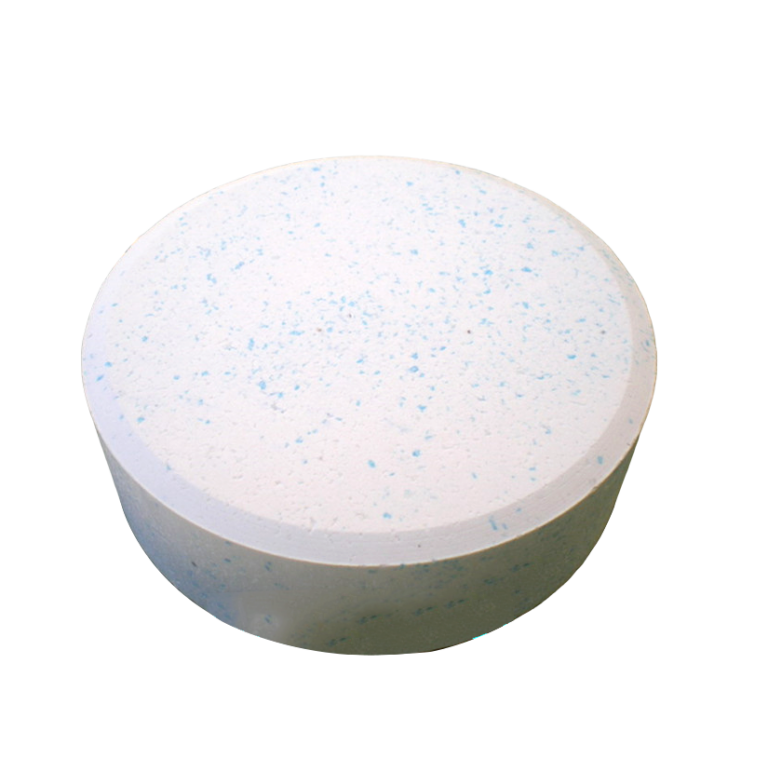Rainwater Sensor: A Smart Solution for Water Conservation

# Rainwater Sensor: A Smart Solution for Water Conservation
## Introduction to Rainwater Sensors
Rainwater sensors are innovative devices designed to detect precipitation and optimize water usage in various applications. These smart tools play a crucial role in modern water conservation efforts, helping individuals and organizations reduce water waste while maintaining healthy landscapes and efficient irrigation systems.
## How Rainwater Sensors Work
Rainwater sensors operate through different mechanisms depending on their design:
### 1. Expansion Disc Sensors
These sensors contain hygroscopic discs that expand when wet, triggering a switch that interrupts the irrigation controller’s signal.
### 2. Conductive Sensors
Using electrodes, these devices detect water presence by measuring conductivity changes between contacts when rainwater bridges the gap.
### 3. Optical Sensors
More advanced models use optical technology to detect raindrops on a sensor surface, providing precise measurements of precipitation intensity.
## Benefits of Installing Rainwater Sensors
The implementation of rainwater sensors offers numerous advantages for both residential and commercial users:
- Water Conservation: Prevents unnecessary irrigation during or after rainfall, saving thousands of gallons annually
- Cost Savings: Reduces water bills by eliminating wasteful watering
- Environmental Protection: Minimizes runoff that can carry fertilizers and pesticides into waterways
- Plant Health: Prevents overwatering, which can be as harmful as underwatering for many plants
- Automation: Works seamlessly with existing irrigation systems without requiring manual intervention
## Applications of Rainwater Sensor Technology
Residential Use
Homeowners can integrate rainwater sensors with their automatic sprinkler systems to ensure lawns and gardens receive optimal watering based on actual weather conditions.
Agricultural Applications
Large-scale farming operations use advanced sensor networks to monitor field moisture levels and coordinate irrigation with natural precipitation patterns.
Urban Planning
Smart cities incorporate rainwater detection systems into public green spaces and urban landscaping to manage water resources efficiently.
Industrial Uses
Manufacturing facilities employ these sensors to control water-dependent processes and minimize industrial water consumption.
## Choosing the Right Rainwater Sensor
When selecting a rainwater sensor, consider these factors:
- Sensitivity: Ability to detect different rainfall amounts
- Reset Mechanism: How quickly the sensor dries and allows irrigation to resume
- Compatibility: Works with your existing irrigation controller
- Durability: Weather-resistant construction for long-term outdoor use
- Smart Features: Some models offer wireless connectivity and integration with weather data
## Installation and Maintenance Tips
Proper Placement
Install sensors in open areas where they can accurately detect rainfall, away from roof overhangs or trees that might block precipitation.
Regular Testing
Test sensors periodically by simulating rainfall (using a spray bottle) to ensure proper operation.
Seasonal Adjustments
Some sensors may require seasonal calibration to account for temperature changes affecting their sensitivity.
Battery Checks
For wireless models, replace batteries according to manufacturer recommendations to maintain reliable operation.
## The Future of Rainwater Sensing Technology
Emerging innovations in rainwater sensor technology include:
- Integration with IoT platforms for remote monitoring and control
- AI-powered predictive systems that analyze weather patterns
- Miniaturized sensors for more discreet installation
- Solar-powered models for
Keyword: rainwater sensor
